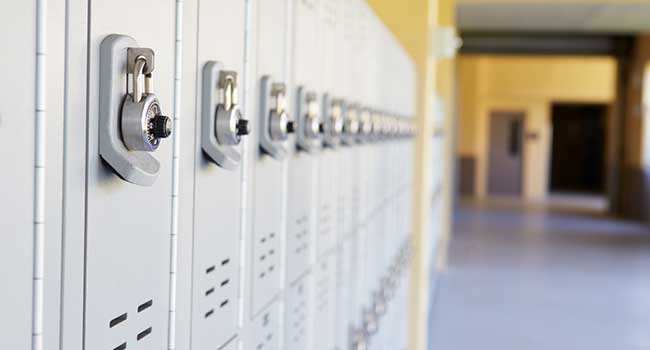
Florida County Looks to Boost Security through Almost Doubling Security Personnel
A referendum passed by taxpayers last year will add about 500 security personnel to the current staff of 745.
- By Kaitlyn DeHaven
- July 23, 2019
Broward schools in Florida will be boosting security this fall with the addition of about 500 security personnel — including armed guardians and unarmed security specialists and monitors — to the current staff of 745.
Superintendent Robert Runcie said at a recent meeting that any new police officers at schools are not included in the plan.
“There are significant vacancies in law enforcement, I think about 300 in the county, so getting additional [school resource officers] wasn’t really feasible,” Runcie said.
According to the South Florida Sun-Sentinel, most of the funding for this additional security comes through a referendum passed by taxpayers last year that raises $93 million a year for four years. $19 million of the funding will be used for security, and $8 million will pay for additional guidance counselors, social workers and nurses.
This referendum plan calls for each school to have at least one police officer or armed guardian for every 1,000 students.
According to the South Florida Sun-Sentinel, the current plan calls for:
• Nearly double the number of armed guardians, from 47 to 93
• More than twice as many unarmed campus security monitors, from 328 to 686. Many will be placed in elementary schools, which currently have no unarmed security officials.
• An increase of 48 security specialists, bringing the total up to 196. These are unarmed security personnel who are higher paid and have more leadership responsibilities than monitors.
• School police officers would remain at 197.
The district will allocate $1.3 million to charter schools for their additional armed security. Spokeswoman Cathleen Brennan said the amount each school would get is still being determined.
Brennan said overall, the district will make the necessary security updates in order to ensure security across campuses.
“The district will continue to enhance the layers of security at schools throughout the school year — increasing security staff, providing training, and enhancing technology and infrastructure, as part of the ongoing focus on ensuring safe and secure learning environments for students and staff,” Brennan said.
About the Author
Kaitlyn DeHaven is the Associate Content Editor for the Infrastructure Solutions Group at 1105 Media.